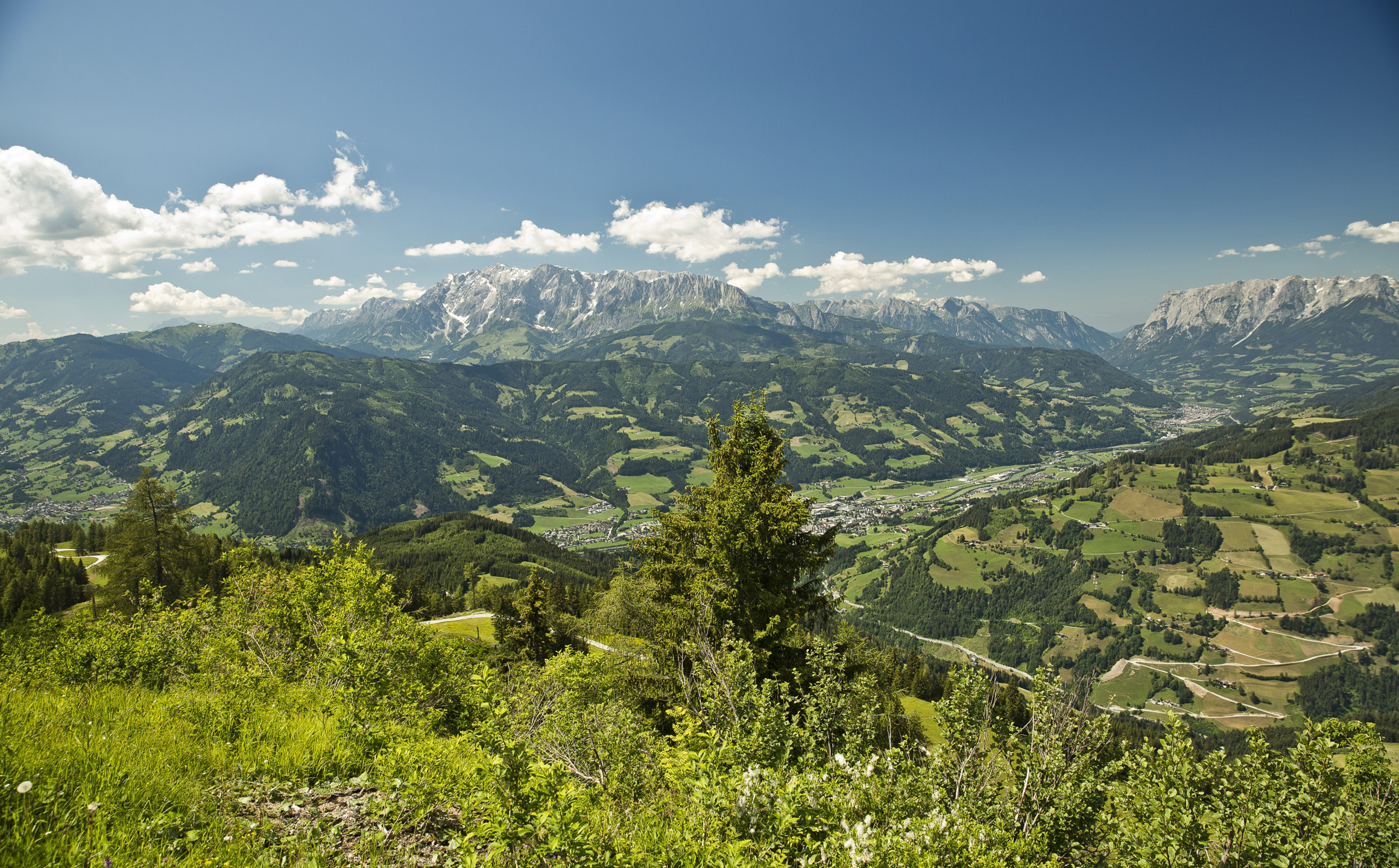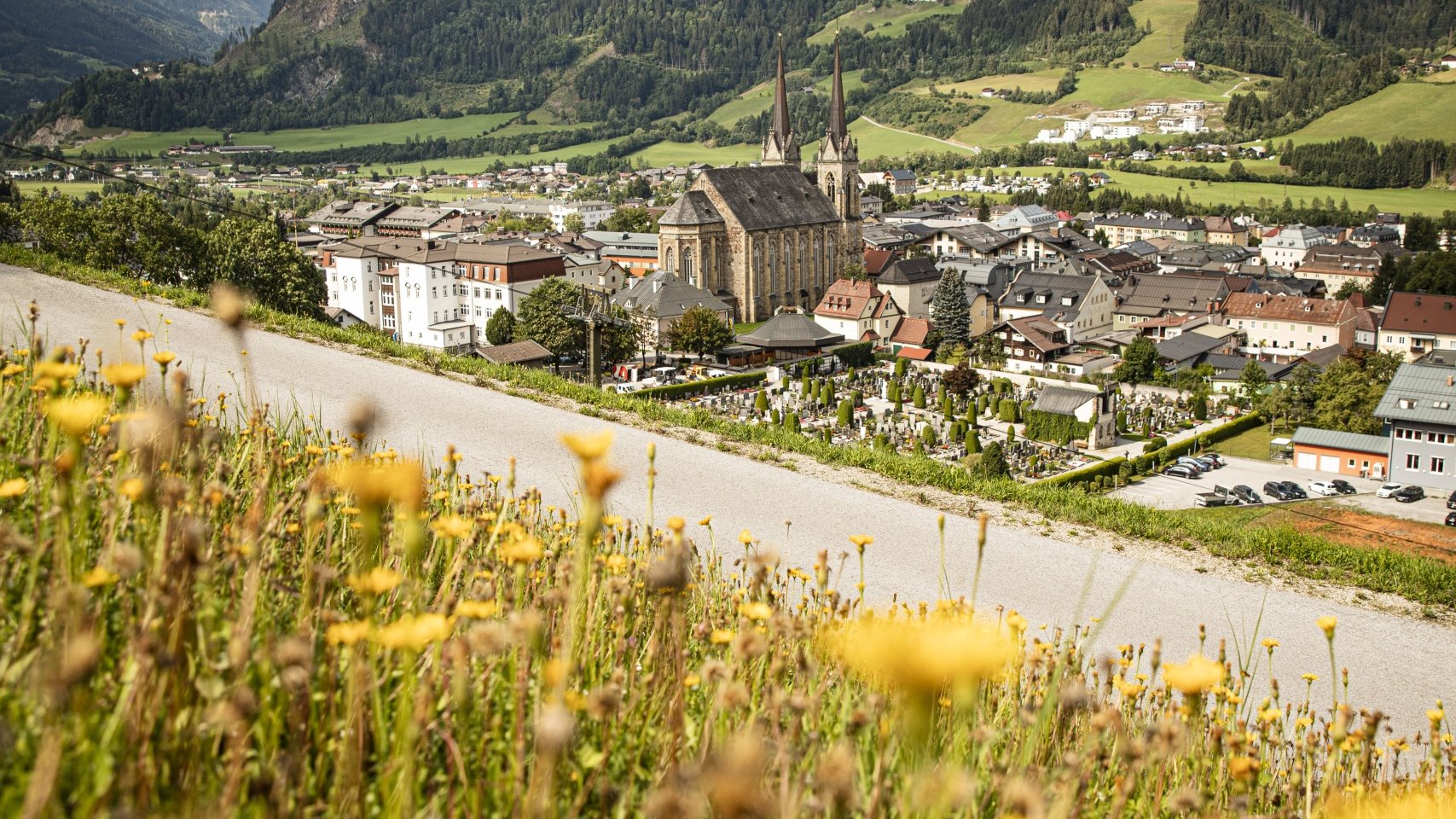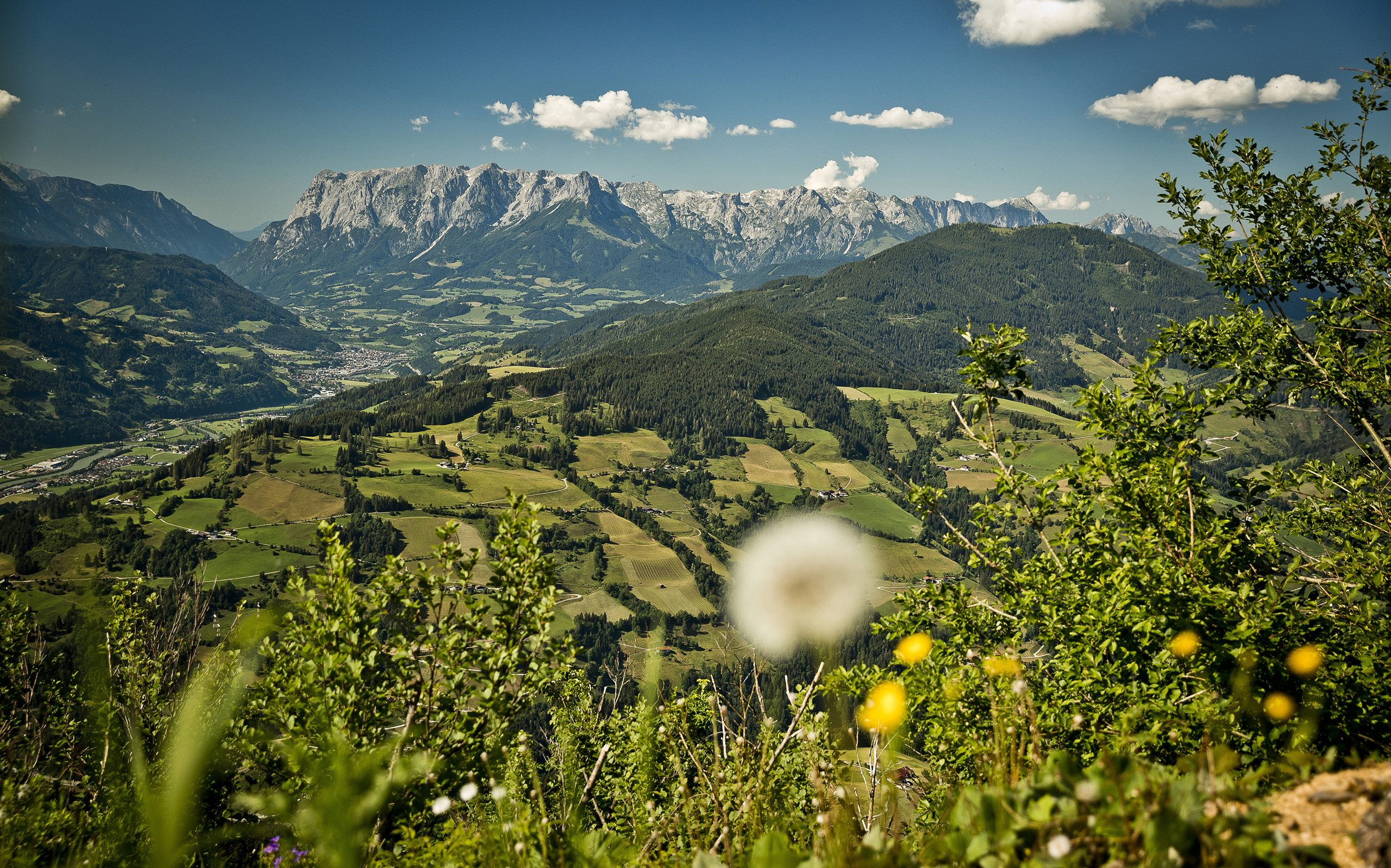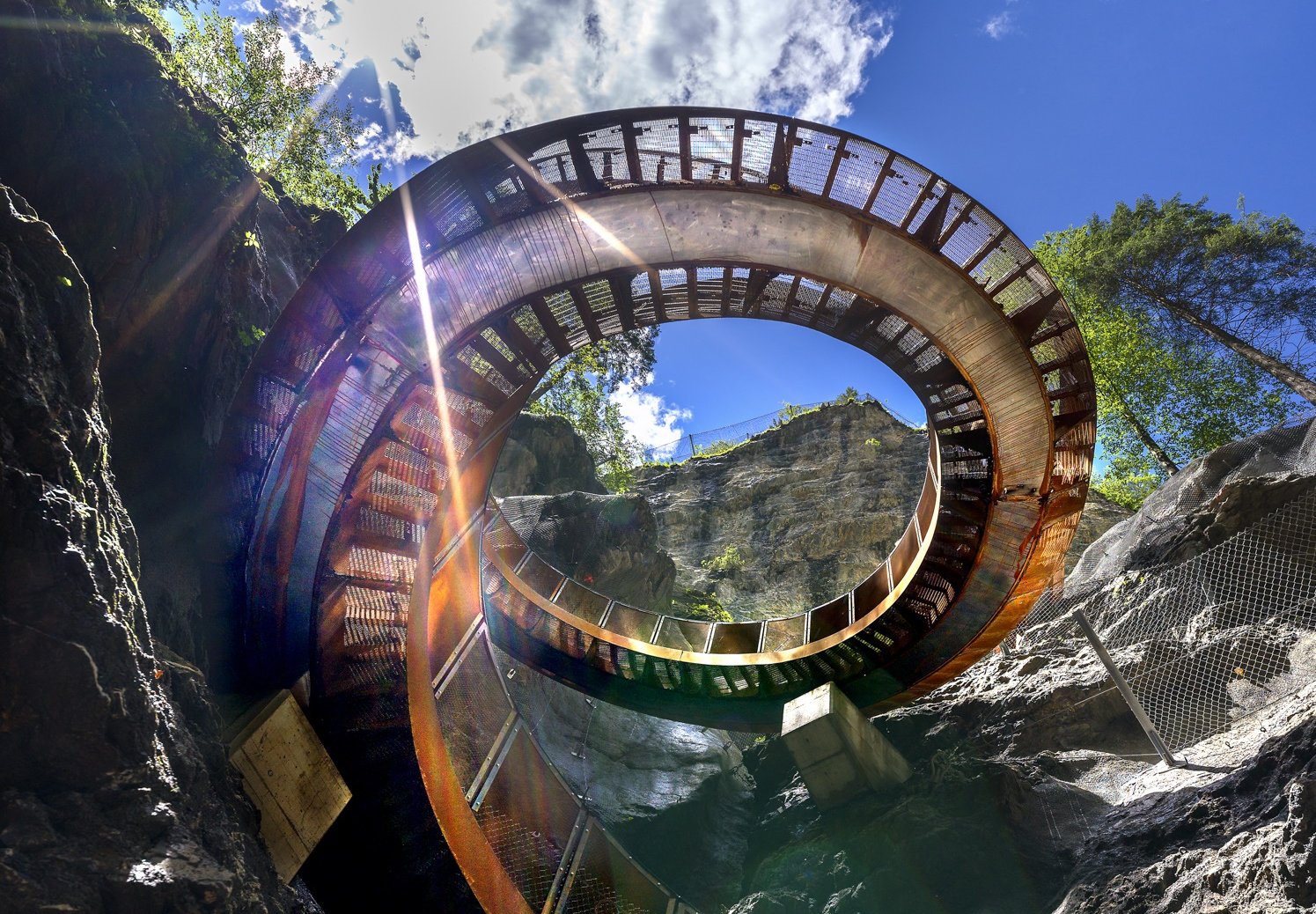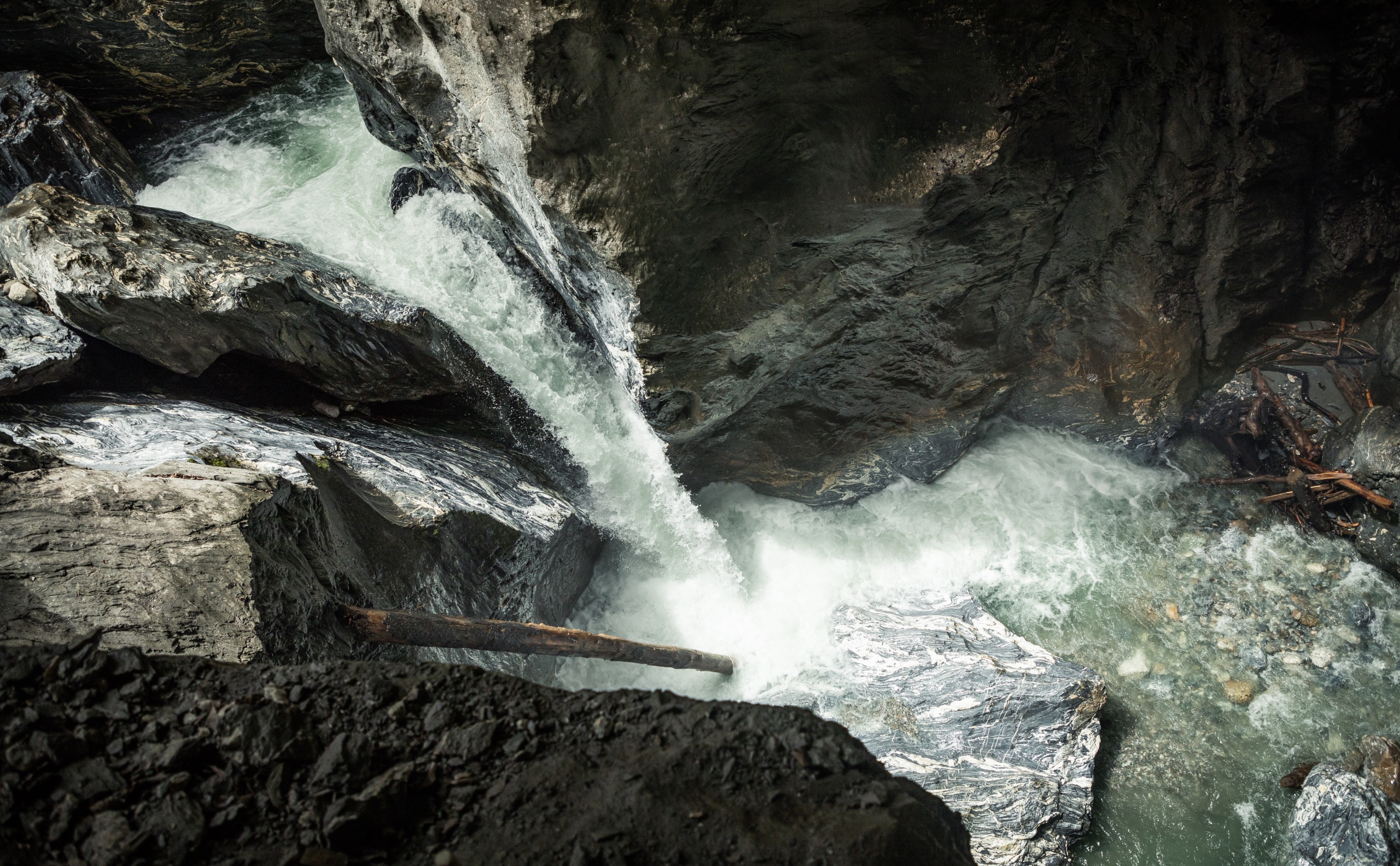HISTORY
St. Johann im Pongau is the district capital of the Pongau district in the Province of Salzburg. Historically, findings point to a first settlement around 2000 B.C., especially tunnel systems and wooden mine workings were built for copper mining. A Roman road connected Altenmarkt with St. Johann im Pongau via the Wagrainer Höhe. In general, St. Johann was probably a hub where several roads crossed in earlier times. The first ecclesiastical mention of St. Johann was recorded in the year 924. After the suppression of the peasant wars in 1525/26, St. Johann developped well and then also established the district court of St. Johann im Pongau in 1672. The further development was difficult, many Protestants had to leave St. Johann around 1730 for religious reasons, a further setback was finally a market fire in 1855. Also in the second part of the World War II St. Johann im Pongau had an unpleasant task, it was a prisoner of war camp with partly up to 30,000 Soviet prisoners of war starting 1941. Only after the period of reconstruction in the last decades did St. Johann develop into the town it is today and an important tourist destination in the province of Salzburg. On June 24, 2000, the municipality of St. Johann im Pongau received official city privileges from the Austrian government and was elevated to the status of a city.
Source: Wikipedia
LIECHTENSTEIN GORGE
One of the most important sights of St. Johann im Pongau is the world-famous Liechteinsteinklamm, one of the largest gorges in Europe. Tearing water masses, which have made their way through the limestone rock for millions of years, have fascinated observers of this fascinating natural spectacle for a very long time. With the specially designed "HELIX" staircase, the completely renovated gorge offers visitors an access that is at least as exciting. Elaborate construction and construction work make a visit to the Liechtensteinklamm an absolute highlight for vacationers in St. Johann im Pongau.


